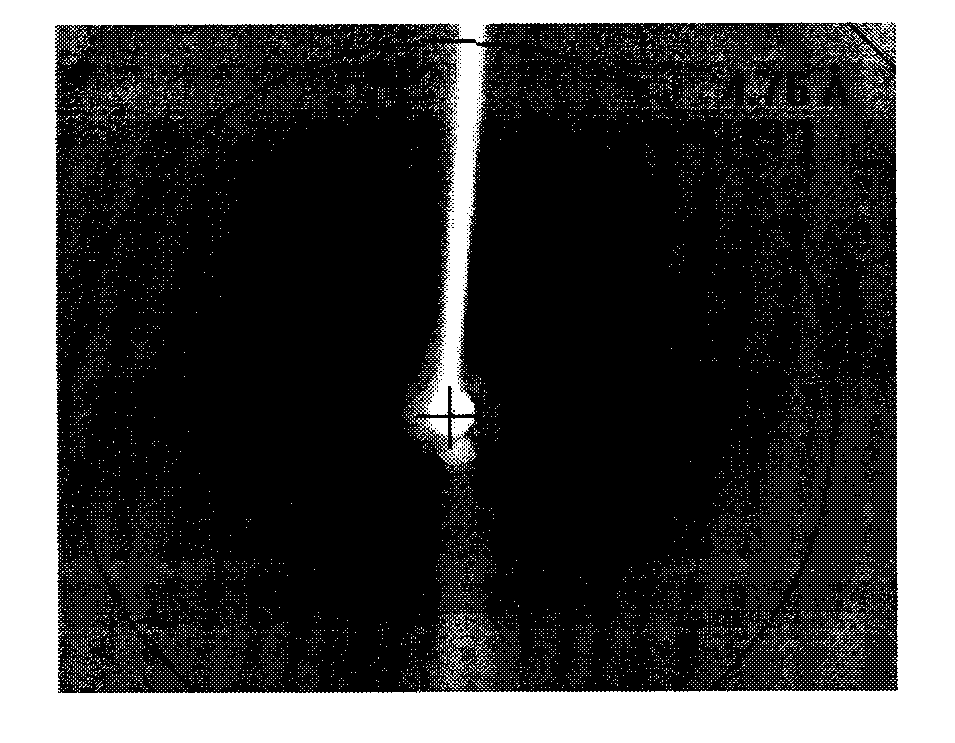Exogenous recombinant expression and purification method for crystallizable mature SARS coronavirus non-structural protein 12 (sars-nsp12)
A protein and fusion protein technology, applied in the field of RNA polymerase nsp12 preparation, can solve the problems of low yield of target protein, low biological activity of recombinant expressed protein, unstable physical and chemical properties of recombinant protein, etc., and achieve stable physical, chemical and biological stability Effect
- Summary
- Abstract
- Description
- Claims
- Application Information
AI Technical Summary
Problems solved by technology
Method used
Image
Examples
Embodiment 1
[0031] Cloning of the wild-type gene of the RNA polymerase (RNA-dependent RNA polymerase, RdRP)-nonstructural protein No. 12 (nsp12) of embodiment 1 SARS coronavirus RNA and the construction of expression plasmid
[0032] The small ubiquitin-like modifier protein gene (Saccharomyces cerevisiae S288c Smt3p (SMT3) mRNA 1-291) was cloned into the pET-26b vector (from Novagen, Cat. No. 69862-3), a pET-26b-S-CHis6 construct was formed. Subsequently, the nsp 12 gene (SARS coronavirus BJ01, complete genome positions 13111-15903) was cloned into the pET-26b-S-CHis6 plasmid with BamHI and XhoI as the 5' end and 3' end restriction sites, respectively, to form pET-26b - Construction of the S-nsp12-CHis6 plasmid.
Embodiment 2
[0033] Example 2 Construction of an expression plasmid for excising redundant amino acid residues at the N-terminal of nsp12 to form a wild-type protease
[0034] The ubiquitin-like protein processing enzyme (Saccharomyces cerevisiae S288c Ulp1p (ULP1) mRNA 1207-1866) was cloned into the pET11a vector with NdeI and BamHI as the 5' end and 3' end restriction sites respectively by molecular cloning technology to form pET- Construction of 11a-Ulp expression plasmid.
Embodiment 3
[0035] Example 3 Expression of wild type N-terminal nsp12 protein in prokaryotic system
[0036] The expression plasmids pET-26b-S-nsp12-CHis6 and pET-11a-Ulp formed in Example 1 and Example 2 were transformed into Escherichia coli BL21(DE3)pLysS, and screened with ampicillin and kanamycin Obtain a host strain carrying both expression plasmids. Cultivate the obtained host strain at 37 degrees Celsius to OD600>0.7, add IPTG to a final concentration of 200mM and culture at 20 degrees Celsius for 16 hours, during which the induced expression of ubiquitin-like protein processing enzymes will automatically convert smt3-nsp12 Protein cleavage processes to form nsp12 protein with wild-type nitrogen terminus (SADAS). The cells were collected by centrifugation and resuspended with phosphate buffered saline, centrifuged again to collect plaques and refrigerated at minus 20°C.
PUM
 Login to View More
Login to View More Abstract
Description
Claims
Application Information
 Login to View More
Login to View More - Generate Ideas
- Intellectual Property
- Life Sciences
- Materials
- Tech Scout
- Unparalleled Data Quality
- Higher Quality Content
- 60% Fewer Hallucinations
Browse by: Latest US Patents, China's latest patents, Technical Efficacy Thesaurus, Application Domain, Technology Topic, Popular Technical Reports.
© 2025 PatSnap. All rights reserved.Legal|Privacy policy|Modern Slavery Act Transparency Statement|Sitemap|About US| Contact US: help@patsnap.com



